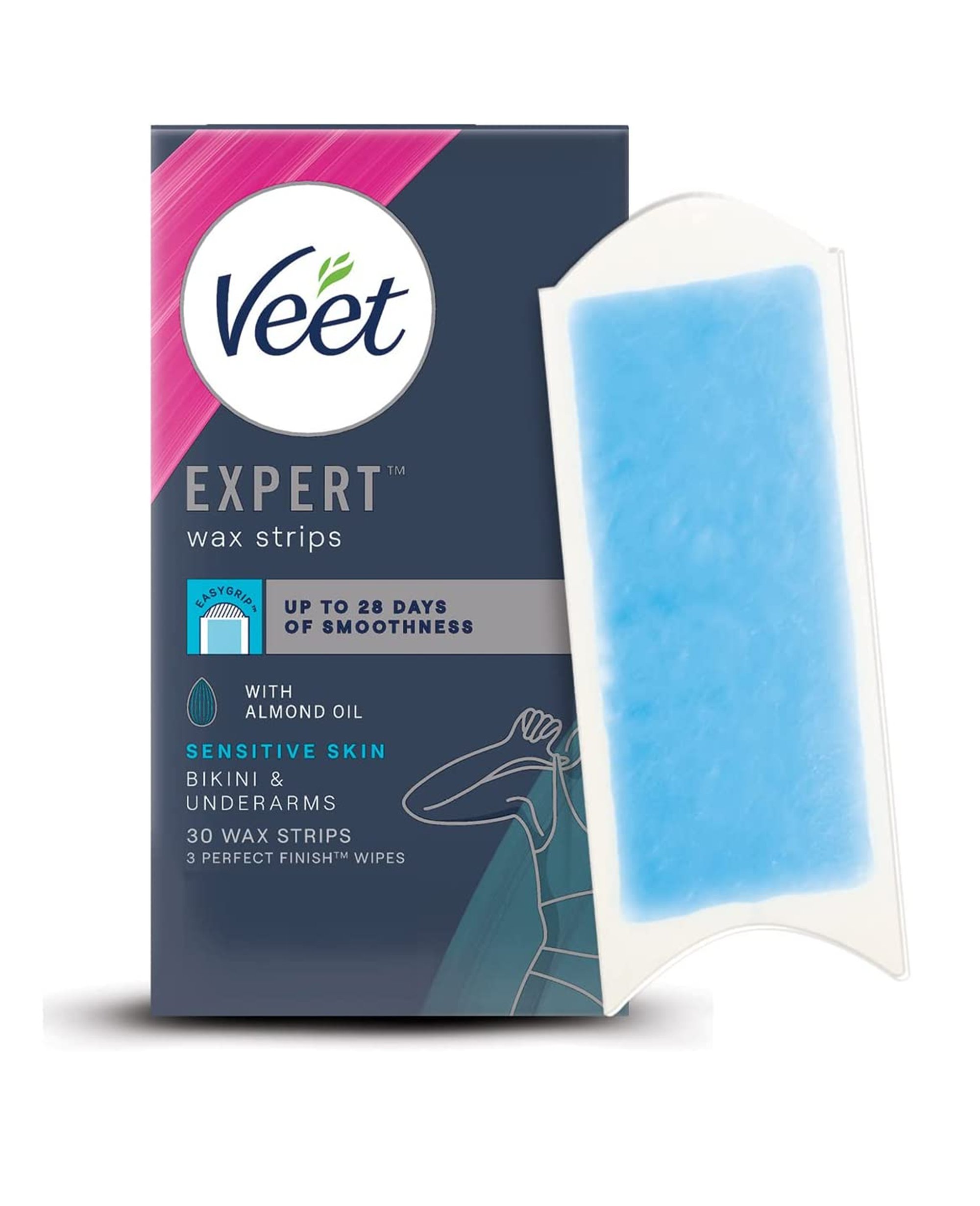It goes without saying that your intimate areas are some of the most sensitive areas of skin on your body. As well as being particularly sensitive, they’re also subject to a significant amount of irritation. Whether this irritation is from your shaving blade, from waxing, sugaring or the chemicals in your hair removal creams, persistent irritation will eventually lead to a rough surface and an uneven skin tone.
It’s important to know and look out for the four signs of inflammation: redness, swelling, warmth and irritation. If they occur in this area, it may be time to adapt your hair-removal methods to minimise damage to this sensitive skin.
1. Shaving intimate areas
So, let’s start with shaving. As much as I don’t recommend shaving the intimate areas, let’s face it – it will always remain the fastest, most convenient method of hair removal.
Shaving causes irritation due to friction from the blade against the top layer of skin. It can also cause ingrown hairs, nicks to the skin and even hyperpigmentation.
That said, here are eight steps to get the best shave for your bikini area.
1. Use warm water to soften the hair and only shave once you’ve been in the shower for a few minutes or use a warm, wet towel pressed against the skin. This helps the hair shaft to swell and hydrate. Shaving on dry skin is a recipe for razor burn (which can cause an intensely itchy rash).
2. Use a fragrance-free shaving gel and lather this on. This helps to further reduce the friction between the skin and the blade. Fragrances are known to irritate the bikini area, so stick to a formula without one. You could also consider using a shaving gel that is pH-correct to the vulva as this is an area of skin you definitely want to keep in balance.
3. Use a sharp shaver and one that is specifically designed for the pubic region. If it’s dull, you may notice that the blade is pulling on the hair rather than cutting it. You may also find you have to go back through the hair again and again to get an effective shave. Each time you go back over the skin, you’ll be causing further irritation.
4. Shave in the direction of hair growth. This does not give as effective a shave as you would get when shaving against the direction of hair growth, but it has the added benefit of not irritating the skin.
5. Exfoliate the skin, but make sure you exfoliate a couple of days after you shave. This is because shaving is already a method of physical exfoliation. You want to use super-gentle exfoliators (like PHAs) to gently release any dead skin cells or hair that is congesting the follicles. Try to avoid physical exfoliants in this area; the skin is too sensitive and you will likely just irritate the area, which can cause breaks in the skin and hyperpigmentation.
6. Moisturise the skin’s barrier with a fragrance-free moisturiser. If it’s itchy, do not scratch; this will exacerbate breaks in your barrier. Instead, consider an itch relief cream or a sensitive skin oil.
7. Rinse your blade regularly to release hair trapped within the blade, which dulls the effect.
8. Clean your blade regularly and change it once it becomes blunt.
Swipe and shop: Shaving intimate areas
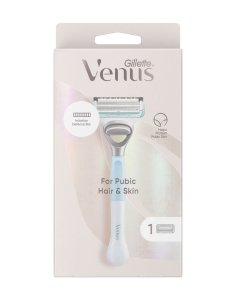
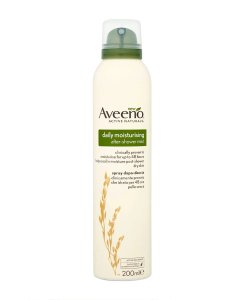
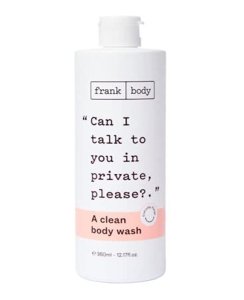
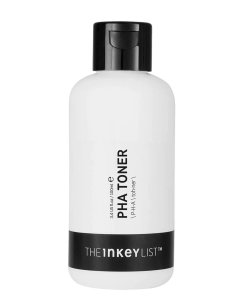
*Eliza may earn commission on sales from these product links
2. Waxing intimate areas
When it comes to waxing, follow the below steps:
1. Make sure the hair isn’t too long; it should be around half an inch long. If hair is longer, trim it to a shorter length using scissors so that waxing will be less messy and painful.
2. Avoid retinoid creams and exfoliating acids a few days before and after waxing.
3. To reduce irritation, you can apply cold packs to the skin about 30 minutes before waxing, which may help.
4. Wash and dry the area. Before waxing, gently wash the area you’re about to wax to remove dirt, dead skin cells and skin care products. Afterwards, dry your skin thoroughly. Clean, dry skin allows the wax to adhere properly.
5. After waxing, soothe your skin by applying cold packs if you have pain, avoiding hot baths and showers, wearing loose clothing and applying moisturiser that won’t clog your pores.
3. Laser hair removal on intimate areas
This is always my favourite method; I highly recommend saving up for it, particularly because it takes much longer for the hair to grow back.
It works by heating up and destroying the entire hair follicle, which means that you don’t have to keep using other methods of hair removal.
You can learn more about laser hair removal in my full hair-removal guide.


